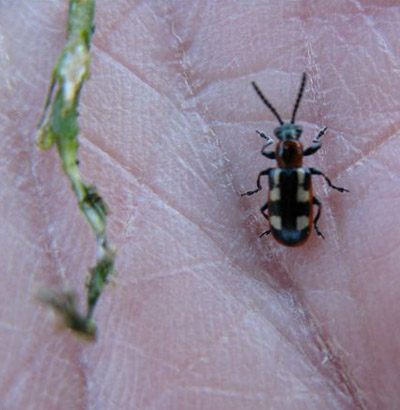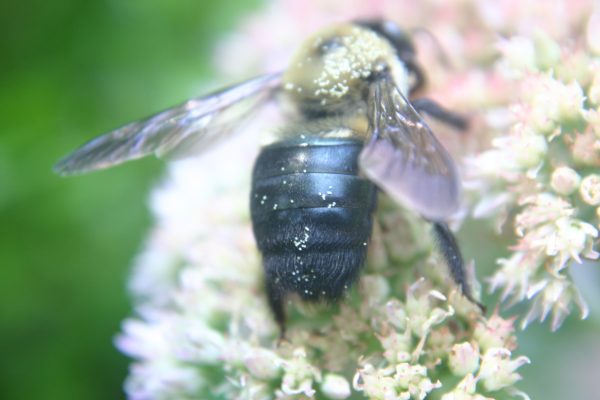Pre-emergent – Inhibit Thin Bermudagrass?
Q: When the label on a pre-emergent bag says it will prevent seeds from growing does that also mean it will keep bermudagrass from spreading into bare areas?
A: Common pre-emergent herbicides labeled for use in turfgrass areas include benefin, dithiopyr, oxadiazon, oryzalin, pendimethalin, prodiamine, and trifluralin (these are common names and are often sold under various trade names).
Although each of these products offers acceptable control, one should consider the herbicide mode of action. Most of these products, including benefin, oryzalin, prodiamine, pendimethalin, and trifluralin are members of the dinitroaniline (DNA) herbicide family. These herbicides inhibit mitosis, or plant cell division. Unlike the name “pre-emergent” suggests, pre-emergent herbicides do not actually prevent weed seed germination. Instead, as weed seed germinate and grow through the herbicide-treated barrier or zone, the herbicide is absorbed by emerging shoots and/or roots resulting in death of susceptible plants.
Herbicide family, or mode of action, is important because select herbicide families may negatively impact turf species. Specifically, because DNA herbicides and dithiopyr inhibit plant cell division of turf and weed species alike, DNA herbicides can cause “clubbed” rooting of stoloniferous turfgrasses including bermudagrass, zoysiagrass, centipede, or St. Augustine. With “clubbed” roots, the warm-season stolons are not able to “peg” down and may prevent recovery of thin or damaged turf. Symptoms of “clubbed” roots are easy to observe in field environments as stolons of the affected turf will pull up easily.
















